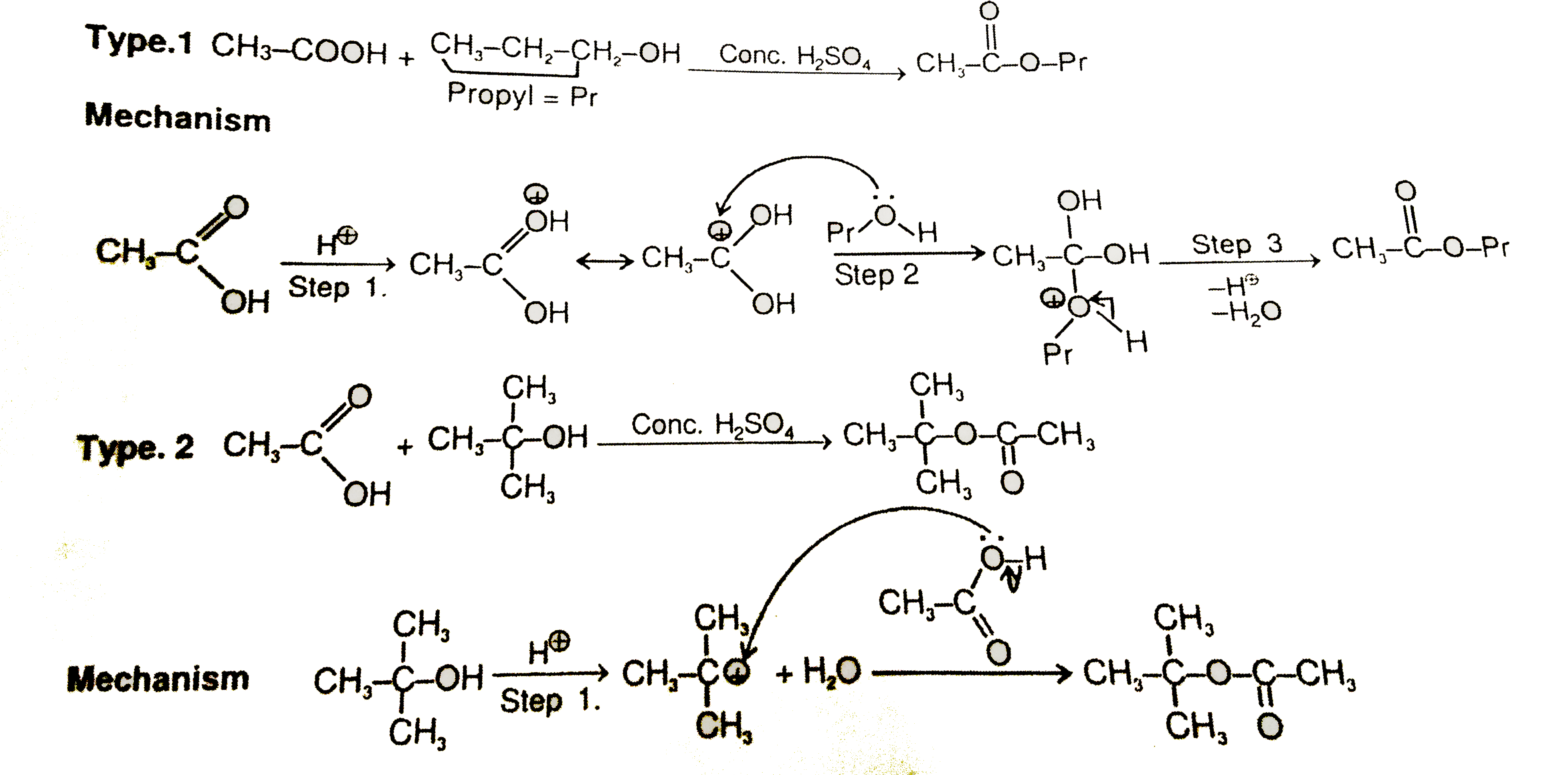Simplest amino acid which is optically inactive is
Glycine
Proline
Leucine
Tryptophan
The correct Answer is:A
To determine the simplest amino acid that is optically inactive, we need to analyze the given options: glycine, proline, leucine, and tryptophan.
1. Understanding Amino Acids: Amino acids are the building blocks of proteins. Each amino acid has a central carbon atom (alpha carbon) bonded to four different groups: an amino group (-NH2), a carboxyl group (-COOH), a hydrogen atom, and a variable R group (side chain).
2. Identifying Optical Activity: An amino acid is optically active if it has a chiral (asymmetric) carbon atom, meaning the carbon is attached to four different groups. If an amino acid has no chiral carbon, it is optically inactive.
3. Analyzing the Options:
- Glycine: The R group is a hydrogen atom. Therefore, the alpha carbon is bonded to two hydrogen atoms and does not have four different groups. This means glycine does not have a chiral carbon and is optically inactive.
- Proline: This amino acid has a cyclic structure and contains a chiral carbon, making it optically active.
- Leucine: This amino acid has a chiral carbon and is also optically active.
- Tryptophan: This is an aromatic amino acid with a chiral carbon, thus it is optically active.
4. Conclusion: Since glycine is the only amino acid among the options that lacks a chiral carbon and is therefore optically inactive, it is the correct answer.
Final Answer:
The simplest amino acid which is optically inactive is glycine.
- Glycine: The R group is a hydrogen atom. Therefore, the alpha carbon is bonded to two hydrogen atoms and does not have four different groups. This means glycine does not have a chiral carbon and is optically inactive.
- Proline: This amino acid has a cyclic structure and contains a chiral carbon, making it optically active.
- Leucine: This amino acid has a chiral carbon and is also optically active.
- Tryptophan: This is an aromatic amino acid with a chiral carbon, thus it is optically active.
The simplest amino acid which is optically inactive is glycine.
Topper's Solved these Questions
- BOOK - AAKASH SERIESCHAPTER - BIOMOLECULESEXERCISE - EXERCISE - II (Lipids)18videos
BIOMOLECULES
- BOOK - AAKASH SERIESCHAPTER - BIOMOLECULESEXERCISE - EXERCISE - II (Nucleic acids)53videos
BIOMOLECULES
- BOOK - AAKASH SERIESCHAPTER - BIOMOLECULESEXERCISE - EXERCISE - II (Amino acids)13videos
BIOMOLECULES
- BOOK - AAKASH SERIESCHAPTER - BIOLOGICAL CLASSIFICATIONEXERCISE - EXERCISE-III (Previous AIPMT/NEET Question)37videos
BIOLOGICAL CLASSIFICATION
- BOOK - AAKASH SERIESCHAPTER - CELL CYCLE AND CELL DIVISIONEXERCISE - Exercise-III18videos
CELL CYCLE AND CELL DIVISION
Similar Questions
Knowledge Check
- Question 1 - Select One
Assertion: All naturally occuring α-amino acids are optically active
Reason: Most naturally occuring amino acids have D-configuration.AIf both assertion and reason are true and reason is the correct explanation of assertion.BIf both assertion and reason are true but reason is not the correct explanation of assertion.CIf assertion is true but reason is false.DIf both assertion and reason are false.
The simplest amino acid is
View SolutionWhich of the following amino acid is optically inactive?
View SolutionA racemic mixtrue is optically inactive due to :
View SolutionName an amino acid which is not aromatic.
View SolutionWhich of the following α-amino acids is not optically active?
View SolutionMesotartaric acid is optically inactive due to the presence of:
View SolutionObserve the esterification mechanisms for primary and teriary alcohols.

(+) Octan -2-ol esterifies with Acetic acid to give optically inactive racemised product. It must have gone byView Solution
